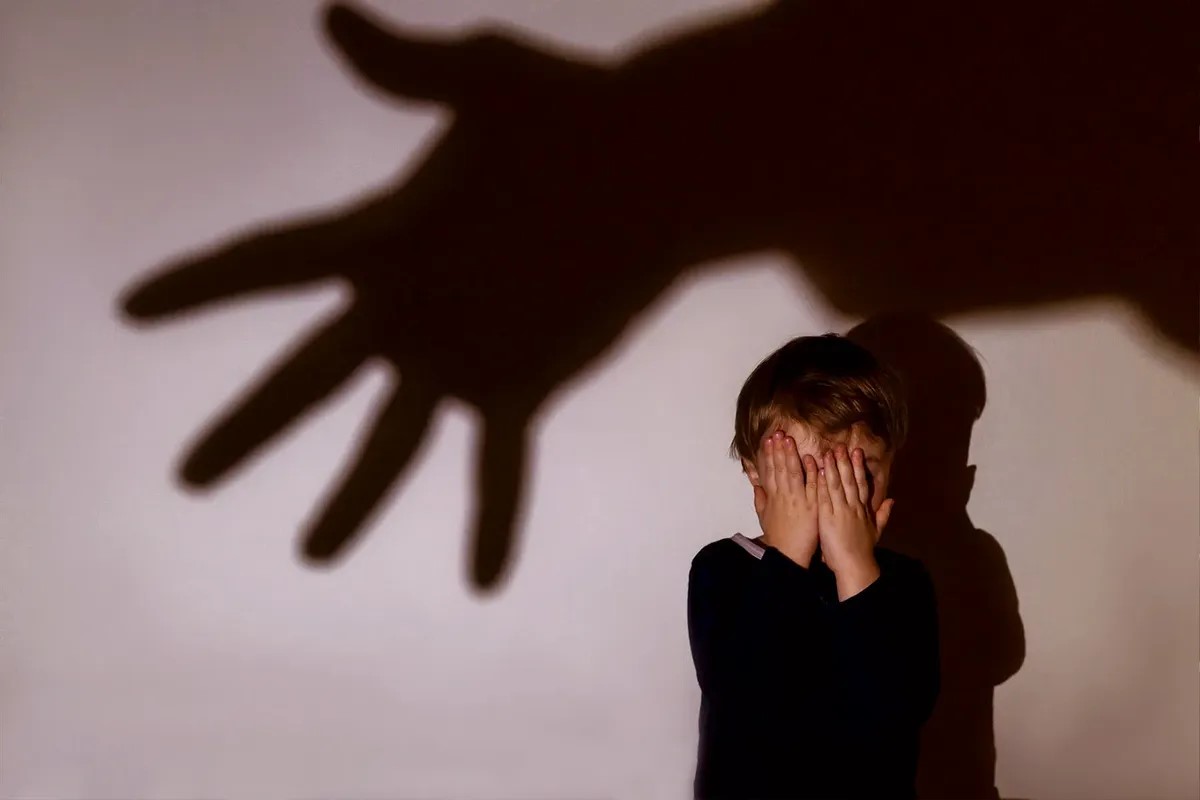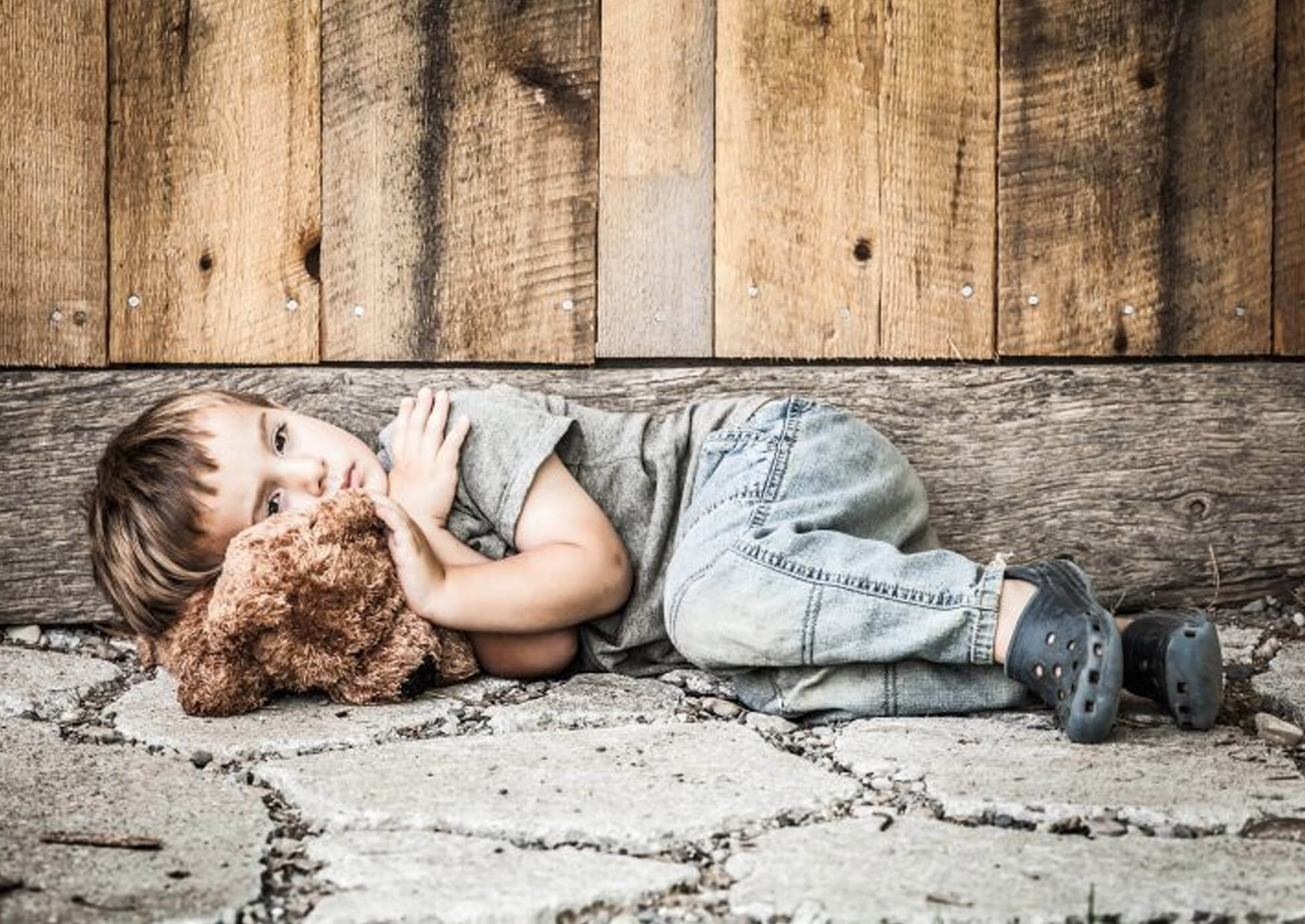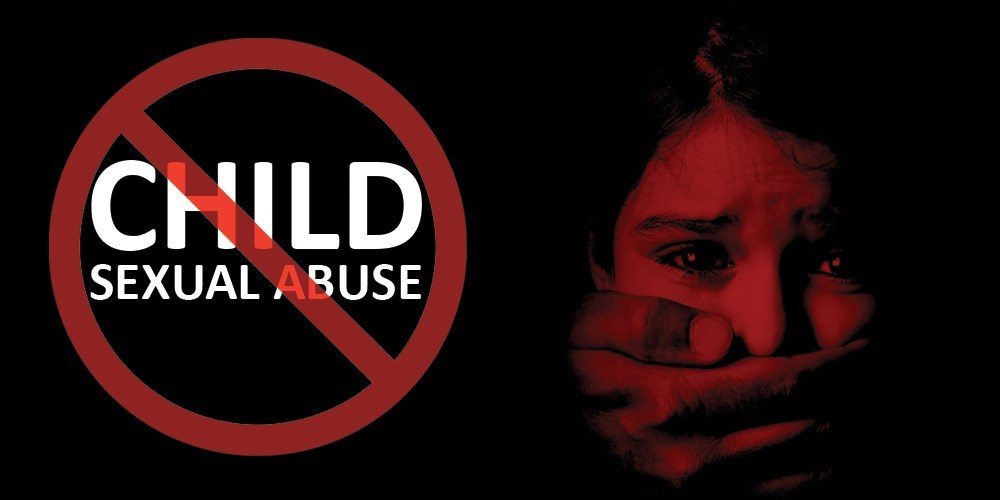Types of Child Abuse
There are various types of child abuse, each representing a grave threat to a child's well-being and future, demanding our collective attention and action to safeguard their rights and dignity.
-
Child Physical Abuse (CPA)
Child Physical Abuse is a major public health and social-welfare problem around the world because of its high prevalence and its association with adverse health and social outcomes (Gilbert et al., 2009, Hazen et al., 2009).
According to WHO, physical abuse is defined as: "Intentional use of physical force against the child that results in – or has a high likelihood of resulting in – harm for the child's health, survival, development, or dignity. This includes hitting, beating, kicking, shaking, biting, strangling, scalding, burning, poisoning, and suffocating". Much physical violence against children in the home is inflicted with the object of punishing. (WHO, 2006). It is a serious violation of a child’s rights, and it can have long-lasting effects on their physical health as well as their emotional well-being. Signs of physical abuse in a child may include bruises, frequent injuries, fear of a specific person, behavioral changes, and physical complaint.
- Physical Neglect
Physical neglect is defined as the persistent failure to meet a child’s physical and psychological needs, likely to result in the serious impairment of the child’s health or development. It may involve a parent of career failing to provide adequate food, shelter, and clothing, failing to protect a child from physical harm or danger, or the failure to ensure access to appropriate medical care or treatment. It may also include neglect of or unresponsiveness to a child’s basic emotional needs. (Department of Health, 1999) It is considered a serious form of child abuse, and it can have both short-term and long-term consequences for a child’s development. Signs of physical neglect includes inadequate supervision, poor hygiene, malnutrition, unsafe living conditions, and educational neglect.
- Child Sexual Abuse
Child sexual abuse is defined as when an adult uses a child for sexual purposes or engages a child in sexual actions, or even when an older and stronger child utilises another child for sexual fulfillment. (Sarawad, 2022) Examples of child sexual abuse includes: Exposing a child to pornography, encouraging a child to perform sexual acts, inappropriate sexual talk with a child, performing sexual acts in a child’s presence, child prostitution, exposing a person’s genitals to a child
-
Emotional Abuse
Emotional abuse occurs when a parent, guardian or caregiver affects a child’s mental and social development and causes serious emotional distress. Most cases of emotional abuse are the result of a pattern of behaviour that causes harm over time. 10.6 % adults say they were emotionally abused as children. (Sarawad, 2022) The following are examples of emotional abuse:
- Constant criticism- critizing a child about appearance, intelligence, or capabilities.
- Isolating a child- preventing a child from socializing with peers, friends, or family.
- Telling a child that you do not love them, no affection being shown.
- Accusing, blaming, and threatening a child.
- Engaging a young child in criminal activities.
| Types of Abuse | Media |
| Child Physical Abuse |
 |
| Physical Neglect |
 |
| Child Sexual Abuse |
 |
| Emotional Abuse |
 |